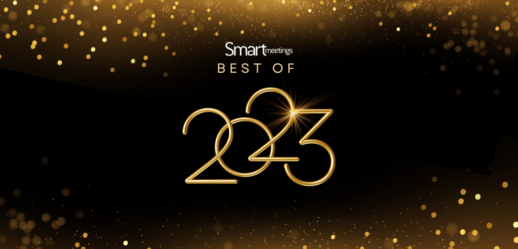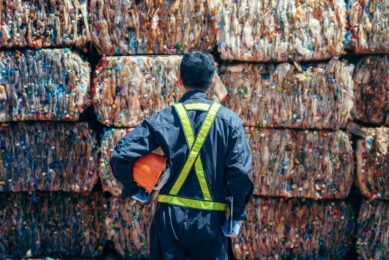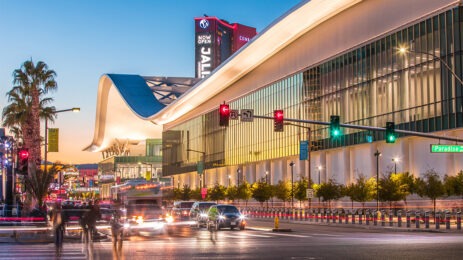The year that shall not be named brought lots of questions. Smart Meetings quizzed experts for answers as part of our monthly Smart Chat feature. Looking back, we realized it was time for an update since things are changing so fast. Did their responses pass the test of time? How are they answering the new challenges since their time in the spotlight? You can go back and read their original interviews at the link for old-time’s sake and then check out our follow-up questions for a more informed 2021.
February: Robert Strong, chief magic officer, Robert Strong, The Comedy Magician
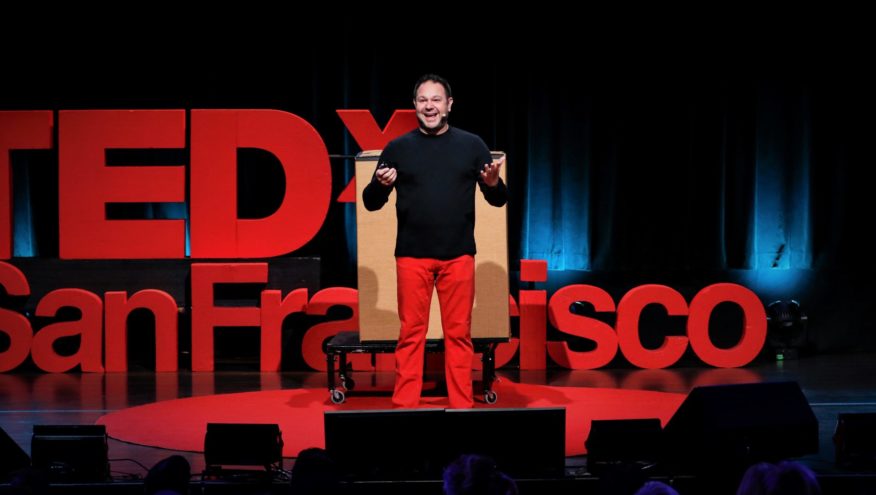
How can the tools of magic (such as managing assumptions) help people process the year we just had?
We all have an ‘identity’ and we are constantly looking for evidence to reinforce that identity (cognitive bias). For example, I am in the Live events industry. I make money and am successful when I am in a ballroom and not when I am at home (see how that changed this year).
Magicians exploit these cognitive biases and assumptions people make about how the world works to create delight and joy. Magicians are aware that our own identity is illusory and can be reshaped and redefined at a moment’s notice. We are constantly reinventing ourselves to create amazing experiences in that very moment.
So, when the pandemic hit, our identities were challenged and change is scary. Personally, I took a look at what skills are needed now and realized that my degree in filmmaking and my highly interactive approach to entertainment are overlapping the demand for quality engaging virtual content. I knew that we were not going to be hosting any guests any time soon, so we converted our guest bedroom to a production studio. I was up and running and creating content by March 12th (6 days after my first gig cancelled). I filled my calendar because I adapted quickly and had the solutions before the demand was even realized. Best of all, I have done it all from a room in our home that was being underutilized!
Are “wow” moments still possible with virtual meetings and if so, what are some tricks to incorporate them in agendas?
Yes! My virtual show had early success. The reason I did well was because others were pretending there was nothing wrong in the world and everything was normal. I, on the other hand, spoke to my audiences honestly and genuinely. I wrote humor about performing in what used to be a guest room and how I missed real laughter and applause. They could relate and our time together was cathartic. I could not perform most of my magic because it just would never work over Zoom. So, I started from scratch by making a list of what our shared experience would be and invented new magic by predicting what people will type based on our conversation. In another case, we get Zoom bombed, but the bomber turns out to be my alter ego. Viewers are left to wonder if the internet freezes as I am pouring a drink, or my drink freezes while it is being poured. My dog barking interrupts the show, or does my dog bark the exact number of times matching the number the volunteer secretly wrote on a piece of paper. There is a saying in magic: “If it can’t be fixed, put a bow on it.” So, I create original magic and humor to point out how absurd our interaction together is. I made the magic current and relevant.
How will captivating attention be different when we all get back into the ballroom?
I assume Disney and casinos will figure it our first. I am watching them closely to see what they do. Obviously, there will be all kinds of adaptations to keep us safer when we have in person events. Clearly, there will be hybrid events. But, the demand for quality and, most importantly, interactive virtual entertainment is forever. Tech companies in the Bay Area are already reconfiguring their spaces so that people can work from home and teams can meet for the occasional on-sites to collaborate, celebrate, and to connect in more meaningful ways.
March: Kimberly Gishler, president and CEO, CEMA (now part of PCMA)
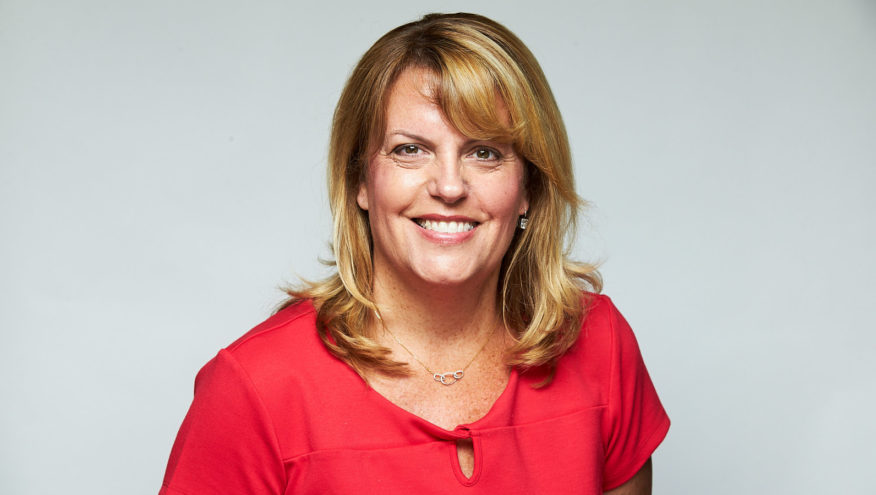
What did you learn from your online event about the best way to facilitate peer-to-peer learning?
At CEMA, we’ve always worked to have subject experts lead our Summit and other educational sessions. They can speak from both strategic and creative perspectives and about real in-the-trenches experiences. Another key quality of our peer learning sessions is generosity—the willingness to share expertise freely and even offer to mentor others who are wrestling with similar issues. Fortunately, those aspects of our live events translated well into the digital format. The online platform added new dimensions—real time participant interaction and feedback via chat, and the ability to offer sessions on-demand throughout and after the event. Another useful element of the digital event is the wealth of data we have on attendance, participation, engagement and attendee experience.
What are the benefits of the merger with PCMA? What will be different for CEMA members?
Joining PCMA allows CEMA to leverage PCMA’s organizational and financial strength to stabilize our financial position and put us in an optimal position to pursue our strategic growth and regional expansion goals while at the same time creating even better engagement and experiences for the membership of both organizations.
In terms of changes, CEMA will maintain its name, membership and association management, as well as our educational and networking programs, including CEMA Summit. We gain access to PCMA’s substantial business infrastructure, shared administrative services and logistical support resources. In addition, we will continue to collaborate on content and new event opportunities. Our members will continue to enjoy everything they love about CEMA and look forward to even greater experiences and value. We’ll keep our non-selling environment, and we will retain and continue to nurture our unique, wonderful culture. We’ll enjoy the same exceptional member experiences, same warmth, camaraderie and collaboration…but bigger, stronger and smarter.
What do you think is the most essential shift meeting professionals need to make to be successful in the future of the events industry?
Clearly the most essential shift is towards hybrid events. Nothing will ever replace live, in-person events. There’s no substitute for a real face-to-face encounter with people. We also love the energy of live—it helps drive the experience. But we’ve been able to do a lot of great things online that would be really hard to create in the real world, and we need to focus on unique digital experiences—not just trying to replicate live experiences online. So, as we begin to move back towards live in person events, we have the opportunity to create something new and different, that works even better than what we’re doing today.
July: Peter Leyden, founder, Reinvent
 How will we ever get beyond this coronavirus crisis? How will we dig ourselves out of this economic hole?
How will we ever get beyond this coronavirus crisis? How will we dig ourselves out of this economic hole?
Most of us are trapped in the anxiety-provoking present and fearful of a future that we can barely see. We find it hard to see that we might actually be part of a bigger-picture story that is much more positive and is making progress on solving all those daunting challenges. We can’t believe that we may be heading toward a better future that’s playing out over the long-term but just at a slow and steady historical pace that’s hard to detect day to day.
If only we could pull back and see how new technologies emerging now could scale up and make a positive impact in the coming years. If only we better understand how many long-term trends inexorably making progress in our economy and society and culture could come to fruition in the decades ahead. Or get a better sense of all the innovators working on new ways forward that hold great promise to reinvent the world in myriad ways. If only we could somehow see how all these encouraging developments could come together to largely solve our big challenges in the end. Then we might be able to move out of the debilitating present and do the right thing to help build that better future now.
You start the process of a positive scenario with what I call the positive reframe. You look back on the last decade or so and identify new technologies that are starting to scale, encouraging trends that are building, progress that’s actually happening but being missed. You seek out innovators who are trying to bring about positive developments that can’t be clearly seen yet. You then work through how all those positive driving forces could build on each other and play out in the future. Finally, you build a plausible story that helps people see how this world could come about and eventually work. Much of the value is in connecting the dots between seemingly disparate developments in order to see how the whole could be much greater than the sum of the parts. It’s a way to better see the forest for the trees.
Read more about The Inexorables (universal connectivity, ubiquitous AI, accelerated innovation, clean energies, electric mobility, biological engineering, burgeoning capital, generational shift, mew majorities and more here.
August: Anh Nguyen, founder, Spark Event Management
 What was your biggest lesson from the GMID Goes Virtual experience and aftermath?
What was your biggest lesson from the GMID Goes Virtual experience and aftermath?
I learned how powerful a group of people can be if they are driven and motivated by a shared vision. The entire experience helped me grow as a leader and forced me to hone my delegation skills. Because of the short time frame and the size of the team, I had to become very comfortable with trusting the team to do their jobs without much guidance. That has always been a hard thing for Type A, control freak me to do but the GMID Goes Virtual experience showed me how impactful it can be to create a team where everyone feels ownership of the project. It was very inspiring!
How have you adapted in the last year?
Along the lines of the above, I have learned how to make decisions amidst great uncertainty and letting go of the illusion of control. 2020 has forced all of us to make decisions and plans based on so many unknown factors and without all the information we’d like to have and it’s forced us to learn how to let go. I’ve become much more comfortable with ambiguity and making decisions based on the information we currently have available.
October: Tori Emerson Barnes, executive vice president for pubic affairs and policy, U.S. Travel Association
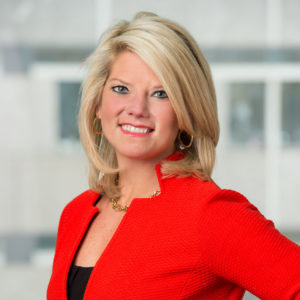 What were you most happy to see get into the December relief bill and what still needs to be addressed?
What were you most happy to see get into the December relief bill and what still needs to be addressed?
We fought hard for many long-overdue provisions. Among them: a second draw on Paycheck Protection Program funds for the hardest-hit businesses; expanded eligibility of PPP loans to non-profit and quasi-governmental destination marketing organizations; assistance for airports and concessionaires as well as airlines, and enhancements to the Employee Retention Tax Credit. Given the extraordinary declines across the travel industry, these measures alone won’t be enough—but it’s a welcome bridge until a new package is considered in the new Congress.
What is the prognosis for liability protection?
If businesses do not have the confidence to reopen, America’s recovery will be delayed even longer. Unfortunately, protection from COVID-related lawsuits was ultimately left out of the December relief bill. We will continue to press the importance of immediate, temporary, and limited liability protections for businesses that make a good-faith effort to reopen responsibly.
What is the trajectory for getting back to the economic level of 2019?
After one of the worst years on record, we look forward to seeing some recovery as the meetings sector continues to restart. Organizations have begun safely adding in-person options to their virtual business and educational conferences by redesigning meeting spaces to maintain physical distancing for delegates, mandating mask usage and limiting attendance, in addition to other health and safety protocols. As those of us in the industry already know, nothing replaces the magic that happens when you have a face-to-face meeting. We have a long road ahead of us, but we expect to see steady improvement over the next few years. By 2024 travel spending on meetings, events and trade shows is projected to reach $105 billion. Unfortunately, that will still be 14 percent below the $122 billion spent in the sector in 2019.
November: Heather Mason, founder & CEO, Caspian Agency
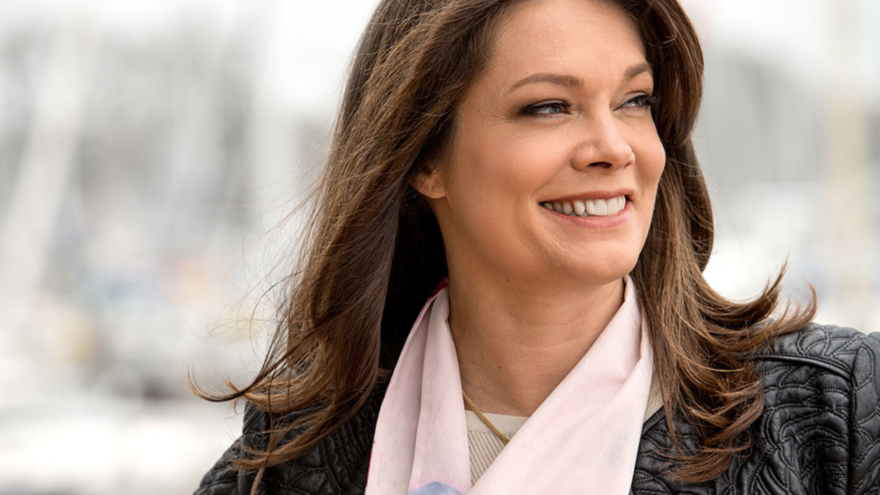
You said that you think there will be more jobs in 2021 for strategic thinkers and producers. Do you find that planners are embracing the new roles and where are they getting their experience?
Some are. Some are “not liking virtual” which I’ve heard said, and that’s not a choice. I don’t like email, but that wouldn’t be helpful in having a meaningful career, or a lucrative one. Many are taking online courses, reading and attending as many online events as they can. Being self-taught is the key, and those who embrace learning will have a fantastic career. Organizations are wondering where to go next and still struggling, so be their hero!
What are executive expectations for how meetings will move forward and how they will measure ROI?
I would say there’s a hesitancy on behalf of executives because the windfall of cash hasn’t been as evident in sponsorship and attendance fees, as it had been for in-person. Again, this opens up a big opportunity for event strategists to build the value proposition. This can be done in a way that shows short-term gains. long-term strategy, upsells, subscription models, even a layaway version looking towards the in-person events that will eventually happen. Executives are looking at ROI with multiple lenses, depending on if they’re trying to maintain customers, upsell them, or add new ones to their base. All of those goals can be met through extreme targeting which can be done effectively in the online world.
What was the best example of the new way of planning you saw in 2020 and what are you looking forward to in 2021?
I attended TEDWomen and thought it was very well done. They created a custom interface that was modeled much more like an enhanced YouTube, which is what I’ve been preaching. Use what’s online and be more like it, rather than looking to events and try to be like them. The enhanced YouTube had the content stream, chat box, but also a way to take selfies and post, as well as a post-it area to store your thoughts, and see other’s takeaways, and there were also breaks where you could be speed matched to have conversations with attendees. I met more people at this TEDwomen than probably the last 5years combined!
I’m looking forward to folks taking what were experiments in 2020 and starting to hone in on what works and make these formats even better. We were all throwing spaghetti against the wall in 2020, now it’s time to see what sticks.


